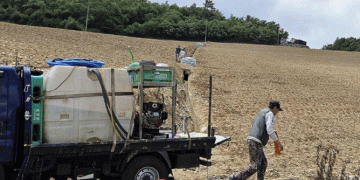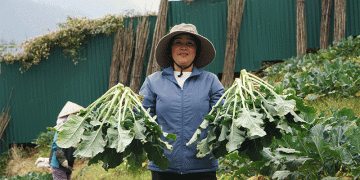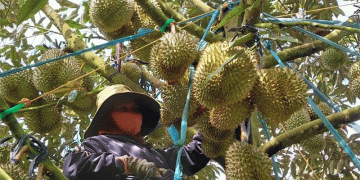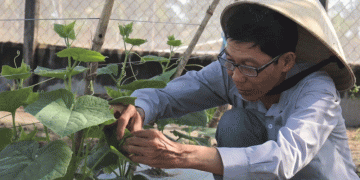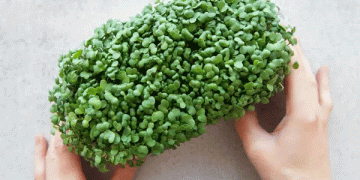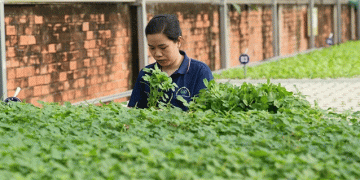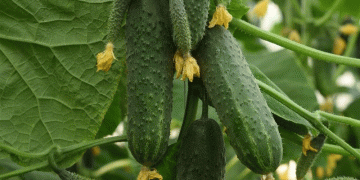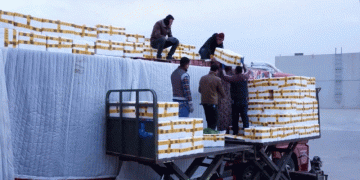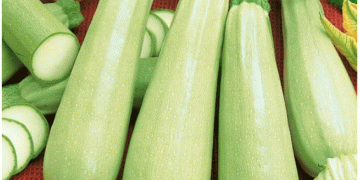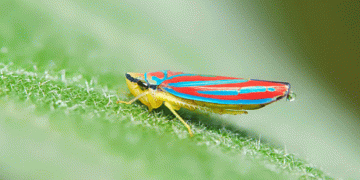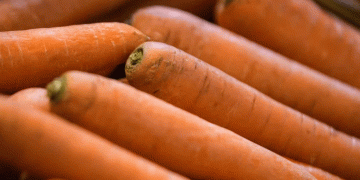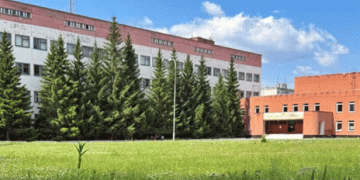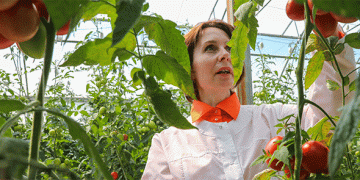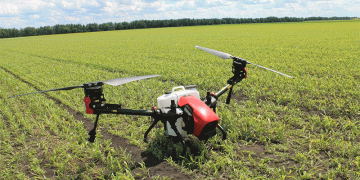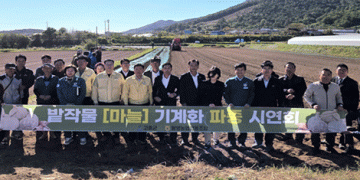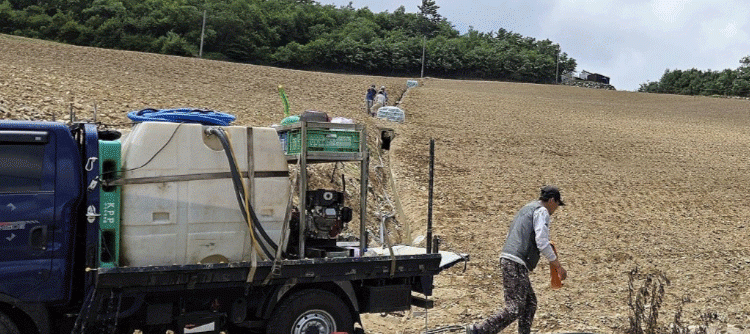On July 11, 2025, in Gangneung, South Korea, farmers were forced to use water tankers to irrigate a drought-stricken Napa cabbage (baechu) field on a 1,100-meter-high mountain slope. This region, known for its premium baechu—essential for making kimchi—is facing unprecedented dry conditions, jeopardizing one of Korea’s most important crops.
The Scale of the Crisis
- Kimchi Dependency: Over 90% of Korean households consume kimchi regularly, with baechu making up 70% of its base (Korea Agro-Fisheries & Food Trade Corporation, 2024).
- Drought Impact: Gangwon Province, where Gangneung is located, saw 40% less rainfall in early 2025 compared to the 10-year average (KMA, 2025).
- Economic Risks: A 30% drop in baechu yields could spike kimchi prices by 15-20%, as seen during the 2020 shortage (Bank of Korea report, 2024).
Climate Change and Farming Adaptations
High-altitude farms, once ideal for cool-weather baechu, are now at risk due to:
- Rising Temperatures: Gangwon’s average temperature increased by 1.2°C since 2000 (NIAS, 2025).
- Water Scarcity: 65% of mountain farms lack efficient irrigation systems, relying on rainfall (Rural Development Administration, 2024).
- Alternative Solutions: Some farmers are testing drought-resistant cabbage varieties and precision irrigation, but adoption remains slow.
The drought in Gangneung highlights a broader challenge: climate resilience in specialty crop farming. Without rapid adaptation—through better water management, hardier crop varieties, and policy support—high-altitude agriculture may face irreversible losses. For now, the sight of water tankers on mountain slopes is a stark reminder of farming’s precarious future in a warming world.
